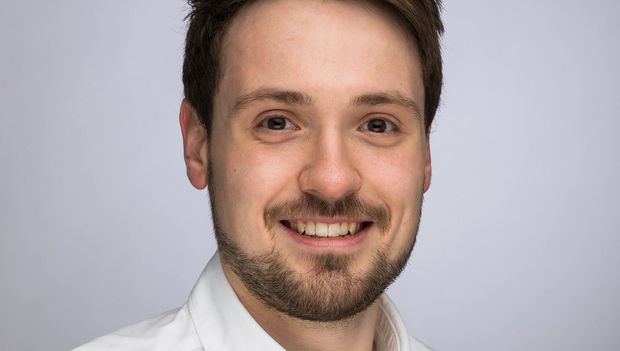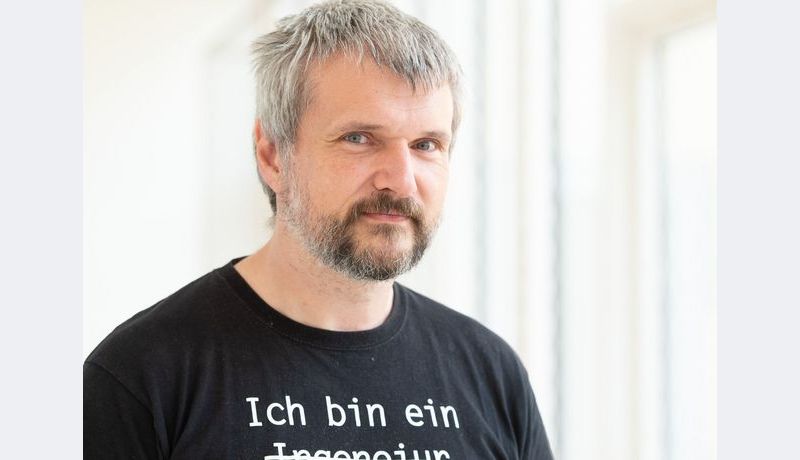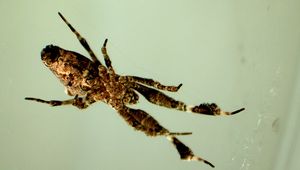Damage to the nervous system can result in facial paralysis, as well as paralysis of the fingers, hands, feet, or toes.

Patients who suffer from this condition frequently suffer for a very long time, sometimes for the rest of their lives. New technology developed at the Johannes Kepler University Linz is showing initial promising results that could significantly improve recovery rates.
Peripheral nervous system damage is particularly severe because nerve pathways are very slow to recover. In order to improve patients' quality of life, implants that can support nerve regeneration are desperately needed.
Dr. Sebastian Lifka (JKU Institute of Medical and Biomechatronics and the paper’s lead author published as part of the study), explains, “In order to bridge the gap between the damaged nerve endings, particularly when there are severe nerve pathway defects, nerve cells require targeted reinforcement.” Current clinical practices on patients involves removing fragments of less important peripheral nerves and inserting them into the damaged nerve tract. The tissue fragments can then act as a support, guiding nerve cell structure during regeneration. There is one problem, however, in that the donor nerve is damaged during the course of the procedure, meaning some paralysis and sensory loss remain.
The JKU’s New Approach
An implant made out of artificial nanofibers that can connect the two nerve endings is one new approach. The nanofibers align with each other to support the nerve cells as they bridge the defect by directing the cells' growth and holding them in place. JKU researchers have successfully created the required nanofibers by using a special electrospinning process.
By means of high electrical voltage, the process accelerates a polymer solution at a microscopic level. During the process, the polymer solution hardens, forming the actual nanofiber which accumulates on a collector. Once the collector is in place, the fibers are parallel to each other and the collector rotates on its own axis at several thousand revolutions per minute. Like a cable winch, the nanofiber winds itself onto the collector, creating a nanofiber fleece with parallel, aligned fibers.
Inspired by Nature
To safely remove the nanofiber fleece from the collector, the fleece has a special surface structure that JKU scientists modeled after spiders. Prof. Werner Baumgartner (head of the Institute of Medical and Biomechatronics at the JKU) remarked: “It’s similar to what prevents animals from sticking to their own threads.”
Successful Testing
Initial attempts to generate the controlled growth of special nerve cells have proven successful. Researchers used mouse Schwann cells (special glial cells found in the peripheral nervous system that encase and isolate the nerve cell axon) and the results showed that the nerve cells actually aligned themselves to the fibers and grew in a targeted manner following the fiber direction.
An Important Approach
Prof. Dr. Andreas Gruber (head of the Department of Neurosurgery at the Kepler University Hospital) added: "In contrast to the central nervous system, regenerating injured or severed axons in the peripheral nervous system is difficult. An implant made of artificial nanofibers capable of bridging the defect and directing neuronal growth during the regeneration process would contribute significantly to improving the long-term functional outcome of peripheral nerve injuries. Transferring this technology to the central nervous system, especially among patients suffering from paraplegia, would be equally interesting.”
Prof. Dr. Raimund Helbok (head of the Department of Neurology at Kepler University Hospital), believes there is great potential: “Many international research groups have focused their research on nerve fiber regeneration and this is an innovative and promising research approach. In this regard, and particularly in this area, base-knowledge sciences are extremely important when it comes to driving advancements in medicine forward."
Researchers still have to conduct quite a bit more research before these fibers are ready for actual clinical use. Nevertheless, Lifka is confident that, “… implants made out of aligned nanofibers are a promising approach when it comes to nerves and accelerating the healing process for injured nerves.”












